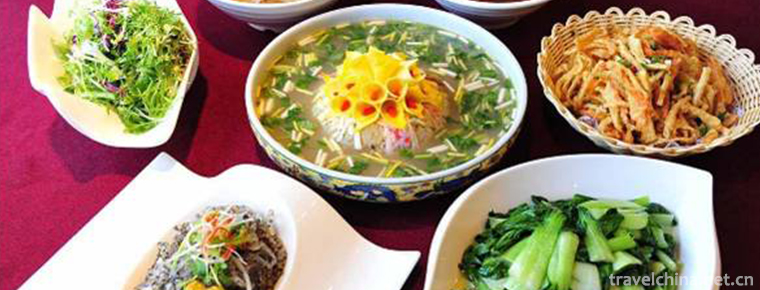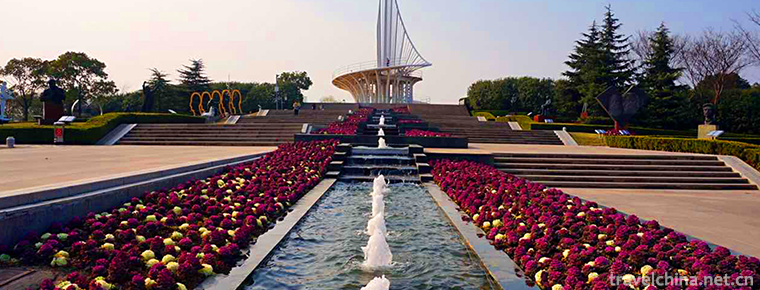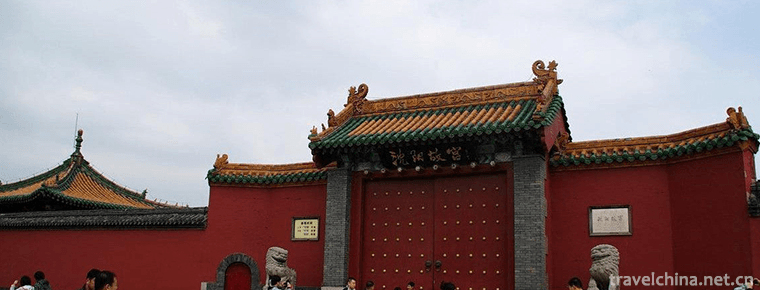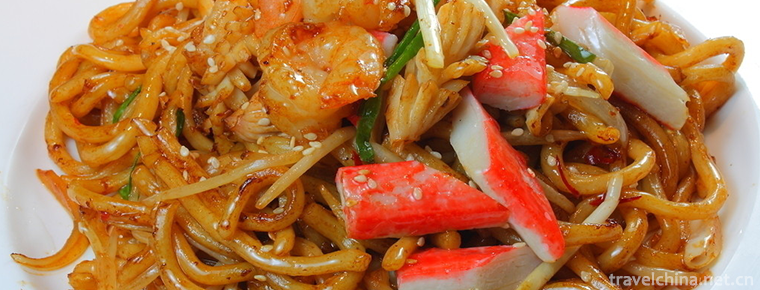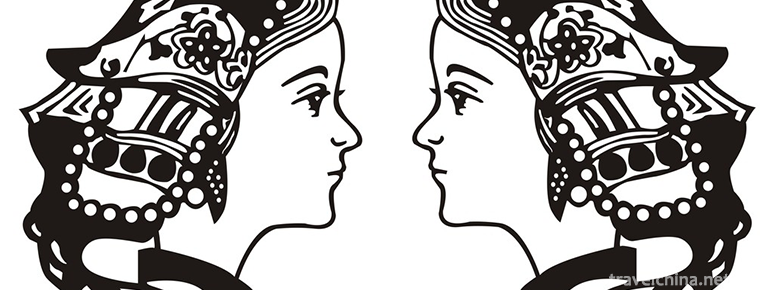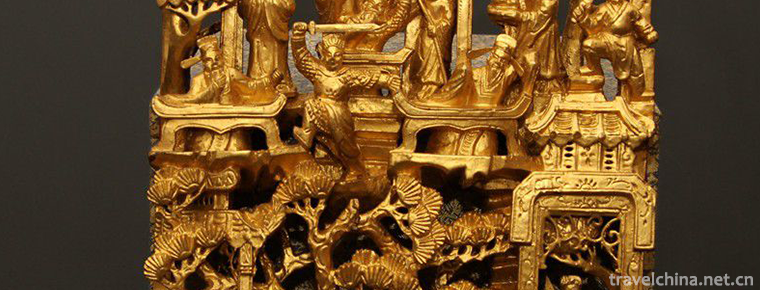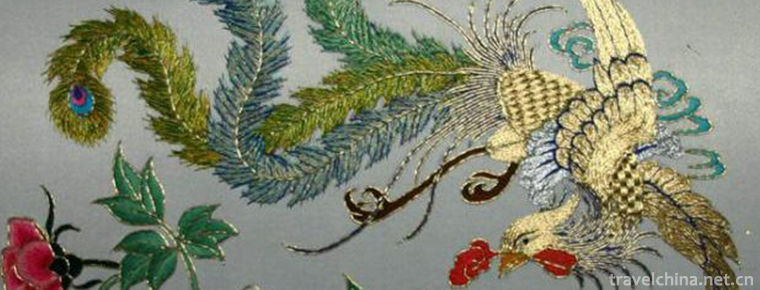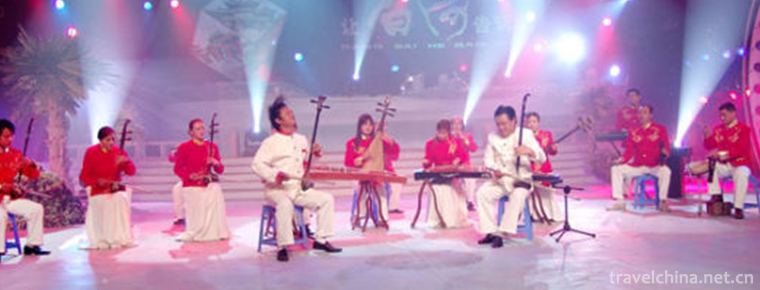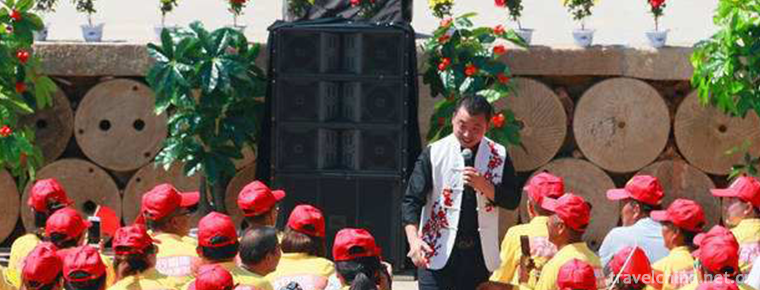Yellow River Grand Canyon
Yellow River Grand Canyon
The Yellow River Grand Canyon is located in Qingtongxia Town, Wuzhong City, Ningxia. It is 20 kilometers away from Wuzhong City. It is a scenic spot of the Yellow River Canyon composed of limestone and sand shale. It is a national AAAA-level scenic spot. Since 2003, the tourist area has held "Gaoxia Changhe Tourism Festival" every two years.
The Yellow River Grand Canyon of the Qingtong Gorge is more than 10 kilometers long and 50-100 meters wide. The cliff walls on both sides are over 30 meters high. It is characterized by the typical rough and vigorous northern Yellow River and is known as the "first Canyon in the middle and upper reaches of the Yellow River".
brief introduction
Because Helan Mountain and Liupanshan are longitudinally distributed in the north and south, they form the central axis of the herringbone structural system of Qi (Qilian Mountain) Lv (Luliang Mountain) He (Helan Mountain). At the junction of the upper and lower parts of the central axis, a section of Cambrian and Ordovician limestone and sandy shale interbedded, with a hard and compact texture, forms this canyon.
The bronze gorge has been the headwaters of the nine main canals of the Yellow River since ancient times. It is the birthplace of "plugging up the south of the Yangtze River". The River in the gorge is slow and urgent. The two sides of the river are confronted with each other. The 108 towers of the famous bronze gorge are built on the hills. They are far away from the river dams. Their water conservancy functions are comparable to those of the Dujiangyan. They are known as "Dujiangyan in the South and Qingtongxia in the north".
The Yellow River Grand Canyon of the Qingtong Gorge is rich in natural resources and human landscape resources. The water conservancy project is well-known in the world. It concentrates the three advantages of Ningxia's tourism resources. It organically combines the scenery of the south of the Saishang River, the culture of the Xixia Dynasty and the ethnic customs of Hui Muslims, and relies on the human landscape of the Yellow River to focus on shaping the famous Yellow River Dam, the magnificent 10-mile-long Gorge and the unique 108 pagodas. A number of exquisite landscapes, such as Wofo Mountain, connect these scenic spots by the way of the Yellow River water and the continent tour, and combine with the construction of ethnic villages and towns and agricultural production activities, fully display the Hui Muslim ethnic customs with Ningxia characteristics and the scenery of the south of the Sai Shang River.
Main landscape
Qingtongxia Yellow River Grand Canyon Tourist Area includes Yacht House, 108 Towers, Shili Changxia and Jinshawan scenic spots. The main landscapes are "River Barrier Dam, 108 Towers, Qinwang Gudu, Shrimp Stone Wall, Tianshu Xiongge, Guanyintai, Sleeping Foshan, Bronze Gorge Stone Carvings, Jinsha Evening, Niutou Ciyun, Yellow River Sunset" and so on. Yacht yachts and drifting tools, especially the old water transport "sheepskin raft" characteristic drifting project of the Northwest Yellow River, are known as "the first drifting in the Northwest", and are generally praised by tourists. Agricultural drip irrigation and eco-tourism are the main types of tourism in Jinshawan Bay.
108 towers
The 108 Pagoda was built in the Xixia Dynasty and named for its number. It is the largest and most orderly solid group of Lama Pagodas in China and is listed as a key cultural relic protection unit in the country.
River Dam
In the 1960s, a 42.7-metre-high and 697-metre-long dam was built on the Yellow River in the Qingtongxia Gorge. Meanwhile, the only pier-type hydropower station in China with a capacity of 350,000 kilowatts was built. A canyon-type reservoir with a capacity of 6 million cubic metres and a backwater of 5 kilometres was formed. The reservoir can be used for tourists to go boating and enjoy the natural scenery of the Northwest Yellow River.
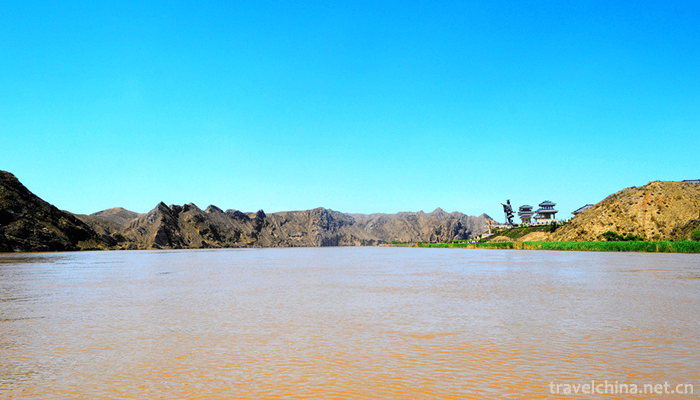
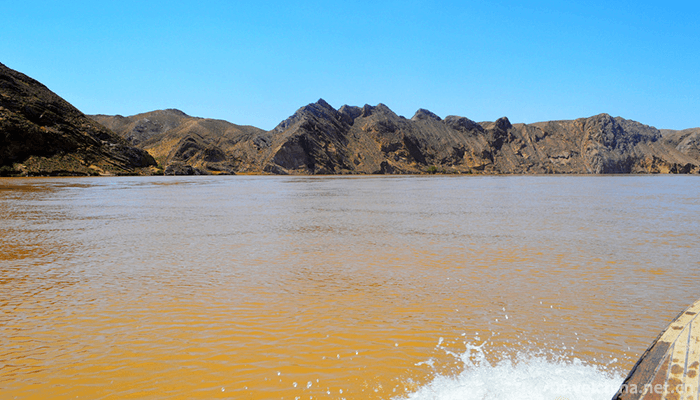
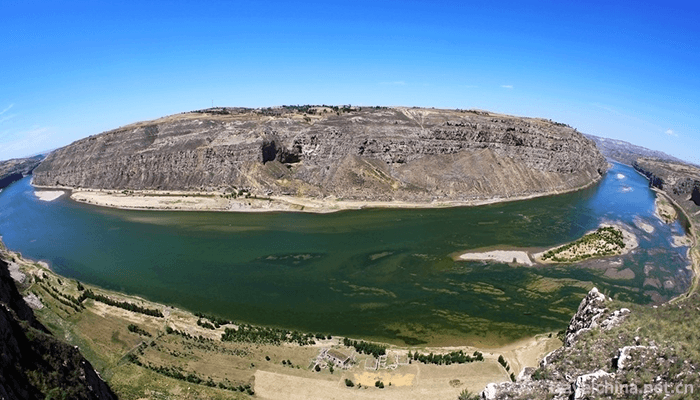
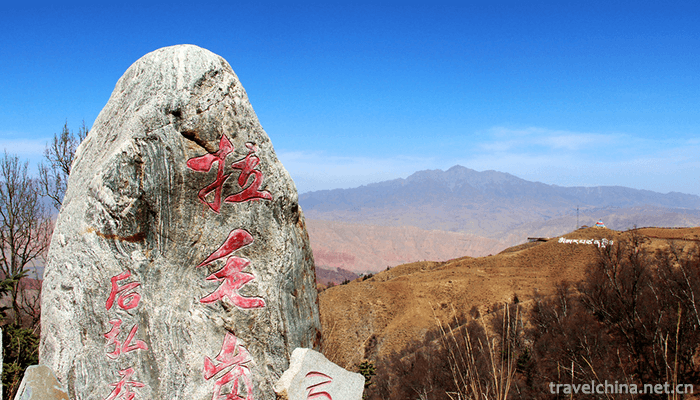
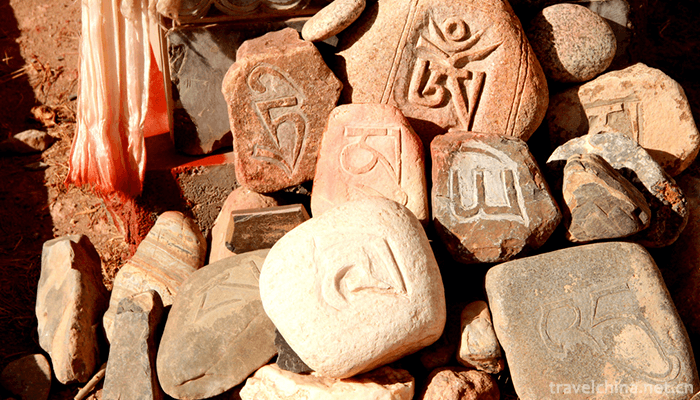
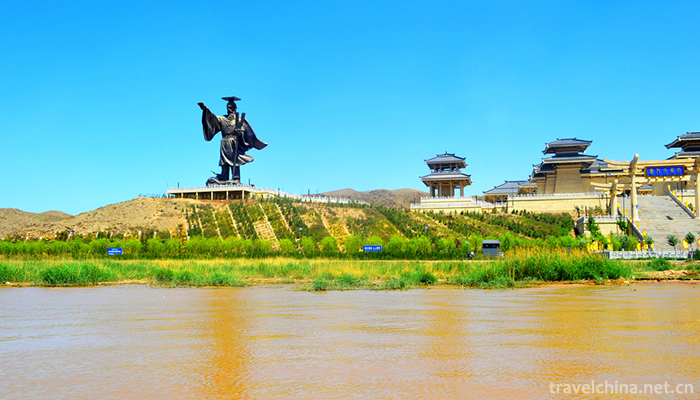
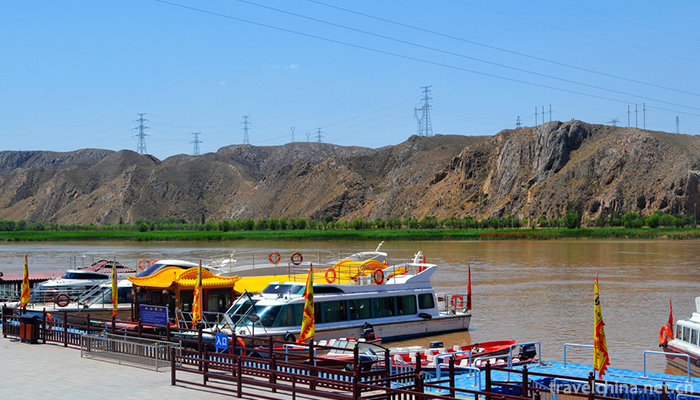
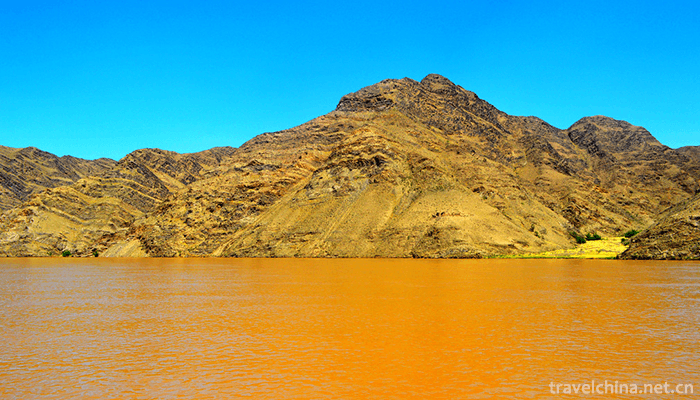
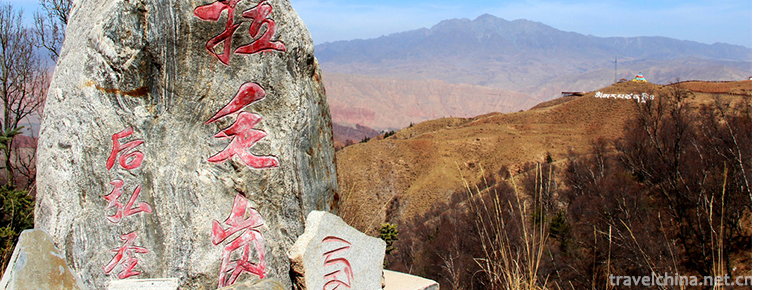
Yellow River Grand Canyon
-
shui xi of Luo Yang
shui xi of Luo Yang/Luoyang Water Banquet is a traditional feast with characteristics in Luoyang, Henan Province, which belongs to the Henan Cuisine Department.
Views: 257 Time 2018-11-26 -
Shanghai Oriental land
Located in Qingpu District, Shanghai, Oriental Green Boat is the only large park in Shanghai that integrates outreach training, youth social practice, team activities and leisure tourism. Near the sce
Views: 217 Time 2018-12-20 -
Shenyang Palace Museum
The Shenyang Palace Museum, originally a royal palace built and used in the early Qing Dynasty, was built in 1625 (five years from tomorrow, ten years after the fate of the golden emperor).
Views: 131 Time 2019-02-08 -
Fried Wudong with XO sauce
Ingredients: 2 packs of instant Wudong, 4 or 2 pieces of pork shreds (about 160g), 1/2 cups of onion shredded, celery shredded and carrot shredded, 1 egg, 4 tablespoons of XO sauce, 1 tablespoon of ra
Views: 186 Time 2019-03-23 -
Ah Shi Ma
Ashima, a traditional folk literature in Shilin Yi Autonomous County, Yunnan Province, is one of the national intangible cultural heritage.
Views: 268 Time 2019-03-28 -
Teochew woodcarving
Chaozhou woodcarving is a Chinese folk sculpture art, mainly used for architectural decoration, artifact decoration, furniture decoration, desk decoration, etc. After careful carving
Views: 335 Time 2019-04-16 -
Han Embroidery
Han embroidery, one of the traditional embroidery techniques with Chinese characteristics, is based on Chu embroidery, which combines the merits of various
Views: 224 Time 2019-05-02 -
Xiping Folk Song
Xiping Folk Song is a traditional folk song in Xiping Town, Xixia County, Nanyang City. Xiping Town, located in the hinterland of Funiu Mountain in Western Henan Province, is located in the combinatio
Views: 259 Time 2019-07-01 -
Left power blossoms
The style of Zuoquan folk songs began to take shape in Sui Dynasty. In 1930s, Zuoquan flowering tune was derived from Zuoquan folk songs. Zuo Quan's blooming tunes are exquisite in conception, novel i
Views: 394 Time 2019-08-16 -
Bozhou University
Bozhou College (Bozhou University), for short, is located in Bo Yuan. Anhui Province Bozhou City By the state Ministry of Education Approved full-time full-time undergraduate institutions.
Views: 172 Time 2019-11-08 -
Kangding yak meat
There are many wild medicines such as Fritillaria, Cordyceps and so on growing in these areas over 3500 meters. Yaks often eat these herbs, and their meat is incomparably delicious. After being killed, they can be roasted in brown sauce, stewed or dried in the cold
Views: 213 Time 2020-12-06 -
Administrative division of Guangyuan
Guangyuan City has 7 county-level administrative divisions (Municipal District 3, county 4) and 142 township level administrative divisions (Street 7, town 111, township 24). It covers an area of 16310 square kilometers and has a population of 3.11 million. Guangyuan Municipal People's government is located at No.24, north section of Renmin Road, Lizhou district.
Views: 114 Time 2020-12-15
